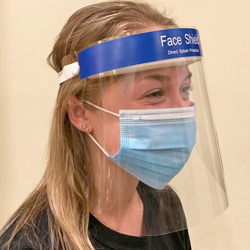I work in a GMP laboratory in the medical device ind
ustry. A member of our metrology team questioned me today as to what
we would do in event one of our chemical fume hoods did not meet one or mor
e of its annual qualification events, for
example if the hood did not meet its face velocity requirement during the
annual test. We do have monitors on our hoods, but occasionally they
have been found to be faulty.
According to our work instructions, any "ins
trument=" which does not meet any of its qualification events must h
ave an impact assessment done. Usually this relates to the impact the
failure may have had on the results of tests that were
done using the instrument. But in this case we would be talking abou
t a safety impact assessment rather than focusing on the results of tests.&
nbsp; The metrology member also mentioned to me that we should, according t
o our work instruction, have a usage log for
each hood so that a proper impact assessment could be done.
My thoughts are this:
I would not call a chemical fume hood an "in
strument=" and therefore would not consider it subject to the previo
usly mentioned work instruction
I have never heard of any facility having a usage lo
gbook for chemical fume hoods
BUT=E2=80=A6 the question I really want to ask the g
roup is this: in the event a hood fails any of its annual calibration
events, what do you do? Do you speak to people who have been u
sing the hood, prepare an impact assessment, etc.?
Thanks,
Pat Peifer
Health, Safety and Training Team Leader
